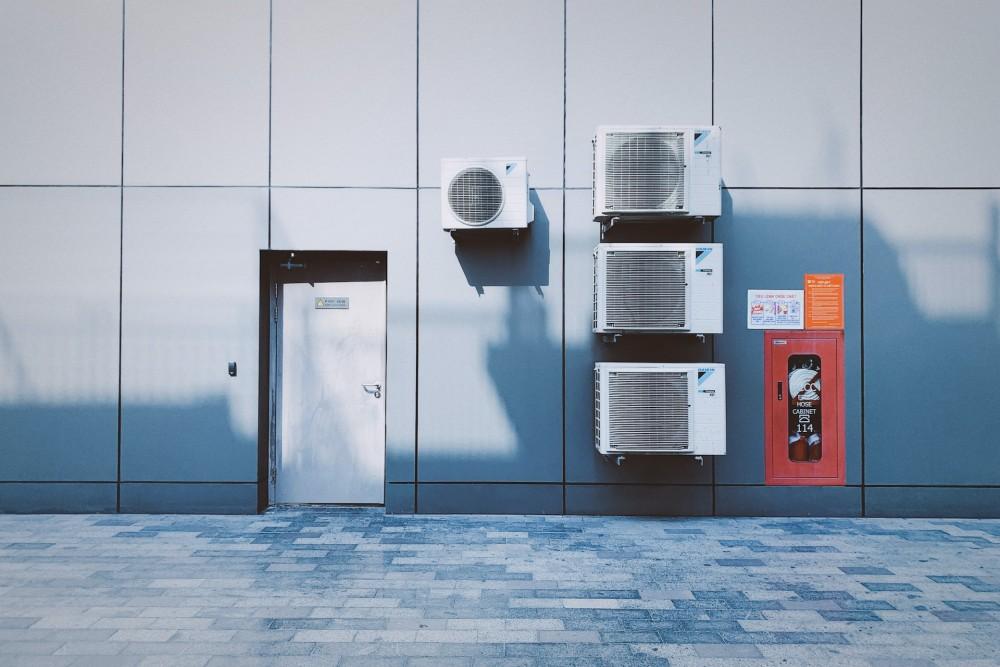The Critical Role of Moisture Management in HVAC Systems
In the realm of heating, ventilation, and air conditioning (HVAC), moisture removal is a key aspect that often goes unnoticed. Effective moisture control is crucial in enhancing the overall performance and efficiency of HVAC systems, ensuring comfortable, healthy indoor environments. This comprehensive guide will explore the various mechanisms and technologies employed in moisture removal and their impact on HVAC performance.

Understanding Moisture in HVAC Systems
The Formation of Condensate
As HVAC systems cool and dehumidify air, they also produce condensate – a natural byproduct of the cooling process. This moisture, if not properly managed, can lead to a host of issues, including mold growth, system inefficiency, and even structural damage. Key components like condensate pumps play an essential role in effectively managing this moisture, ensuring it is removed from the system quickly and efficiently.
Moisture and Indoor Air Quality
Moisture control is also crucial for maintaining indoor air quality. Excessive humidity can create an environment conducive to allergens like mold and dust mites, while too little moisture can lead to dry air that irritates the skin and respiratory system.
Mechanisms of Moisture Removal
Condensate Drainage Systems
The primary mechanism for moisture removal in HVAC systems is the condensate drainage system. This system collects the condensate produced during the cooling process and safely transports it away from the system, typically using gravity-fed drains.
Dehumidification Processes
Dehumidification is another key process in moisture removal. HVAC systems often have built-in dehumidifiers that work by cooling the air to remove moisture and then reheating it to the desired temperature, maintaining comfortable humidity levels indoors.
Technologies in Moisture Management
Advanced Condensate Pumps
Condensate pumps are integral to effective moisture management in HVAC systems. These pumps are designed to move the collected condensate from the drain pan to an external drainage point, especially in cases where gravity alone cannot adequately remove the moisture.
Smart Sensors and Controls
Modern HVAC systems incorporate smart sensors and controls that monitor and adjust humidity levels. These technologies ensure that moisture is managed efficiently, adapting to changing indoor and environmental conditions.
The Impact of Proper Moisture Management
Enhanced System Efficiency
Effective moisture removal mechanisms contribute significantly to the overall efficiency of HVAC systems. By ensuring that excess moisture is removed, these systems can operate more effectively, reducing energy consumption and operating costs.
Improved Indoor Comfort
Proper moisture control also enhances indoor comfort. Maintaining optimal humidity levels ensures a comfortable environment, free from issues like musty odors, dampness, or excessively dry air.
Maintenance and Care for Moisture Removal Systems
Regular Cleaning and Inspection
Regular maintenance of moisture removal components, such as cleaning drain pans and inspecting condensate pumps, is vital. This prevents blockages and malfunctions, ensuring the system continues to operate effectively.
Professional Servicing and Checks
Routine professional servicing of HVAC systems, including moisture removal mechanisms, can help identify and address potential issues before they escalate, prolonging the life of the system and maintaining its efficiency.
Challenges in Moisture Removal
Handling High Humidity Environments
In areas with high humidity levels, HVAC systems face greater challenges in moisture removal. Designing and maintaining systems to handle these conditions requires careful consideration and the use of appropriate technologies.
Dealing with Cold Climates
Conversely, in cold climates, HVAC systems must manage moisture without overly drying the indoor air. Balancing moisture removal with maintaining adequate indoor humidity levels can be challenging.
Innovations in Moisture Management
Eco-Friendly and Energy-Efficient Solutions
The push towards sustainability has led to innovations in moisture management that are both eco-friendly and energy-efficient. These include advanced dehumidification processes and the use of environmentally friendly refrigerants.
Integration with Building Management Systems
The integration of moisture removal mechanisms with broader building management systems allows for more efficient and holistic control of indoor environments, optimizing both comfort and energy use.
Future Directions in HVAC Moisture Control
The Role of IoT and Smart Technology
The future of moisture management in HVAC systems is closely tied to the Internet of Things (IoT) and smart technology. These technologies promise more precise control over humidity levels, adaptive responses to environmental changes, and enhanced system diagnostics.
Research and Development in Fluid Dynamics
Continued research in fluid dynamics and thermodynamics will drive further advancements in HVAC moisture control. This could lead to more efficient condensate removal methods and innovative approaches to dehumidification.
The Importance of Moisture Management in HVAC
In conclusion, effective moisture removal is a cornerstone of high-performing HVAC systems. By understanding and utilizing the various mechanisms and technologies available for moisture management, we can ensure more efficient, comfortable, and healthy indoor environments. Regular maintenance and staying abreast of technological advancements are key to maximizing the benefits of these systems. As we continue to innovate and improve moisture management techniques, we can look forward to even more efficient and effective climate control solutions in the years to come.





